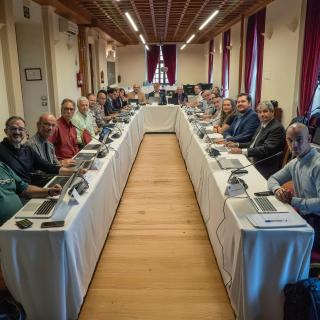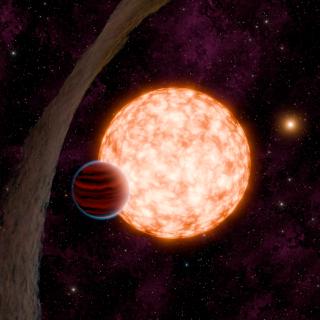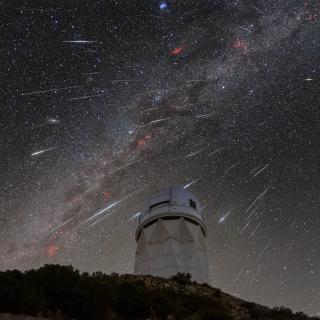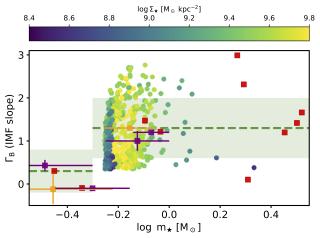
The members of the Comité Científico Internacional (CCI) of the Canary Islands Observatories met this week in La Laguna with the aim of discussing and analysing the scientific and technical information of the Observatorios de Canarias by the Instituto de Astrofísica de Canarias (IAC). The meeting marked the transfer of the vice-presidency of this committee from the past director of the IAC, Rafael Rebolo, to the current director, Valentín Martínez Pillet. The meeting was also attended by the deputy director of the IAC, Eva Villaver, among other participants with different responsibilities
Advertised on



